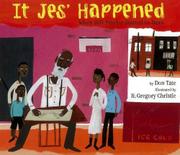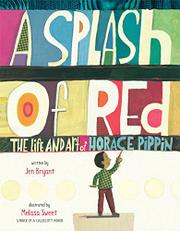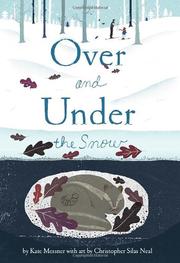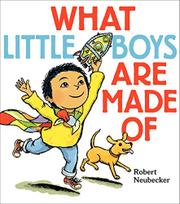
Author & Illustrator: John Rocco
Publisher: Hyperion
Publication Year: 2013
Location: Knox County Public Library- Lawson McGhee
Awards: featured at the CCYAL Best Books of 2013 Workshop
Summary: Rocco has an afro of brown curls and the "more [his] hair grew, the more awesome [his] superpowers became...." He was unstoppable until he was captured (by his mother) and taken to the villain's lair (barber shop)! When his hair is cut, his superpowers are gone and he worries what his superfriends will think. When he gets back to headquarters (the playground), he discovers that the same fate has befallen all of his friends. They try everything to get their powers back until they discover that a small hero (doll) is in trouble and they save her from a horrible fall. Then they realize that they are still super and their powers didn't come from their hair after all. Illustrated in classic comic book style with some spreads of black and white, this book is a tribute to the power of imagination.
Classroom Ideas: This book would be a great mentor book for kids to write their own stories with themselves as superheros. They would have such fun imagining what their very own super power would be.

























